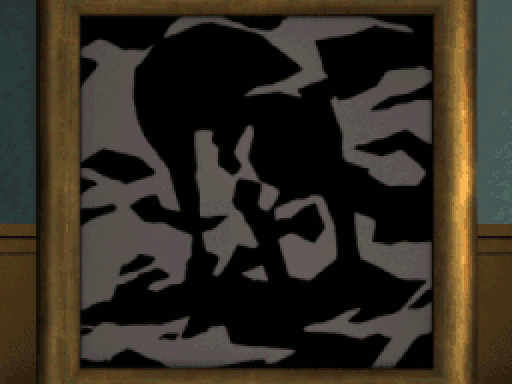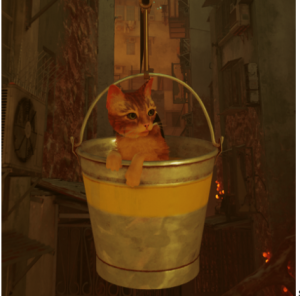What the Zero Escape games teach us about science
(And about respecting the Funyarinpa)

Image Credit: Zero Escape Wiki
March 20, 2018
Nine hours to escape.
Nine people to trust.
Seek a door that carries a [9].
This scenario launched a beautiful visual novel series. The Zero Escape series started with a little game released on the Nintendo DS in 2010 (or 2009 in Japan) called “Nine Hours, Nine Persons, Nine Doors.”
Since the release of 999, fans have seen the release of two sequels: “Virtue’s Last Reward” in 2012 and “Zero Time Dilemma” in 2016.
Despite being somewhat niche (they do require a lot of reading, after all), these games are beloved by 99.9% of people that play them. These games have a lot of scientific ideas that may go over the player’s head. Ideas like the Morphogenetic Field/Morphic Resonance, epigenetics, etc.
That’s what we’re here to talk about. Also, there is a spoiler warning in affect.
The first thing that Zero Escape shows you is the Morphogenetic Field. It was described as a way to communicate across space-time. This may seem like something out of a science-fiction story, but would you believe that a man named Rupert Sheldrake actually conducted tests in the 1980’s (around 20-30 years before this game came out) to prove his theory on Morphic resonance? This is all true, and tests were conducted through the BBC (British Broadcasting Corporation) which included having people look at an “abstract” picture of a woman and of a dog (most Zero Escape fans will refer to this dog picture as a “funyarinpa”). They then ran the test again, far away from British airwaves. The results for the dog picture increased significantly from 3.2% to 6.8%.
That is a very significant change.
So, the game just used this idea to fuel a reality where people can communicate with each other across space-time. But the Field isn’t necessarily pseudoscience. The Morphogenetic Field could explain things like premonitions in dreams and waking up in a different location.
The next thing that was mentioned above was epigenetics. Any biology student could tell you that epigenetics is a real thing. It’s essentially forcing two breeders (the ones breeding), into a situation that would change the phenotype of their offspring without changing the parents’ genotype.
That sounds pretty remarkable, don’t you think?
Perhaps the most important thing in the ability to SHIFT. In game, SHIFT stands for Space-time Human Internal Fluctuating Transfer. Essentially it’s the ability to transfer one’s own consciousness across space and time to another timeline. The ability to use this ability is triggered by an innate ability to SHIFT, and the inclusion of danger. Not just any danger, life or death danger. That’s why all the games feature some variation of a death game (Nonary Game, Nonary Game: Ambidex Edition, and the Decision Game). However, there is (obviously) no way to test this phenomenon. But it’s still nice to think about how this could explain waking up in a different location.
There was one final thing that was in the game was one of the characters (Delta’s) ability to mind hack. This, of course, was totally fictitious. However, the ability to temporarily control someone’s ability to press a button (the mind hacker) is cool. But, the ability to mind hack was stated to come from the Morphogenetic Field (see above).
That’s it, really.
The science in the Zero Escape franchise is some of the most accurate representation in all of gaming. The Zero Escape Trilogy is available for the DS family of systems, the PS Vita, PS4, and on Steam. The first game is also available for iOS, but it kind of sucks, so don’t get that one.













